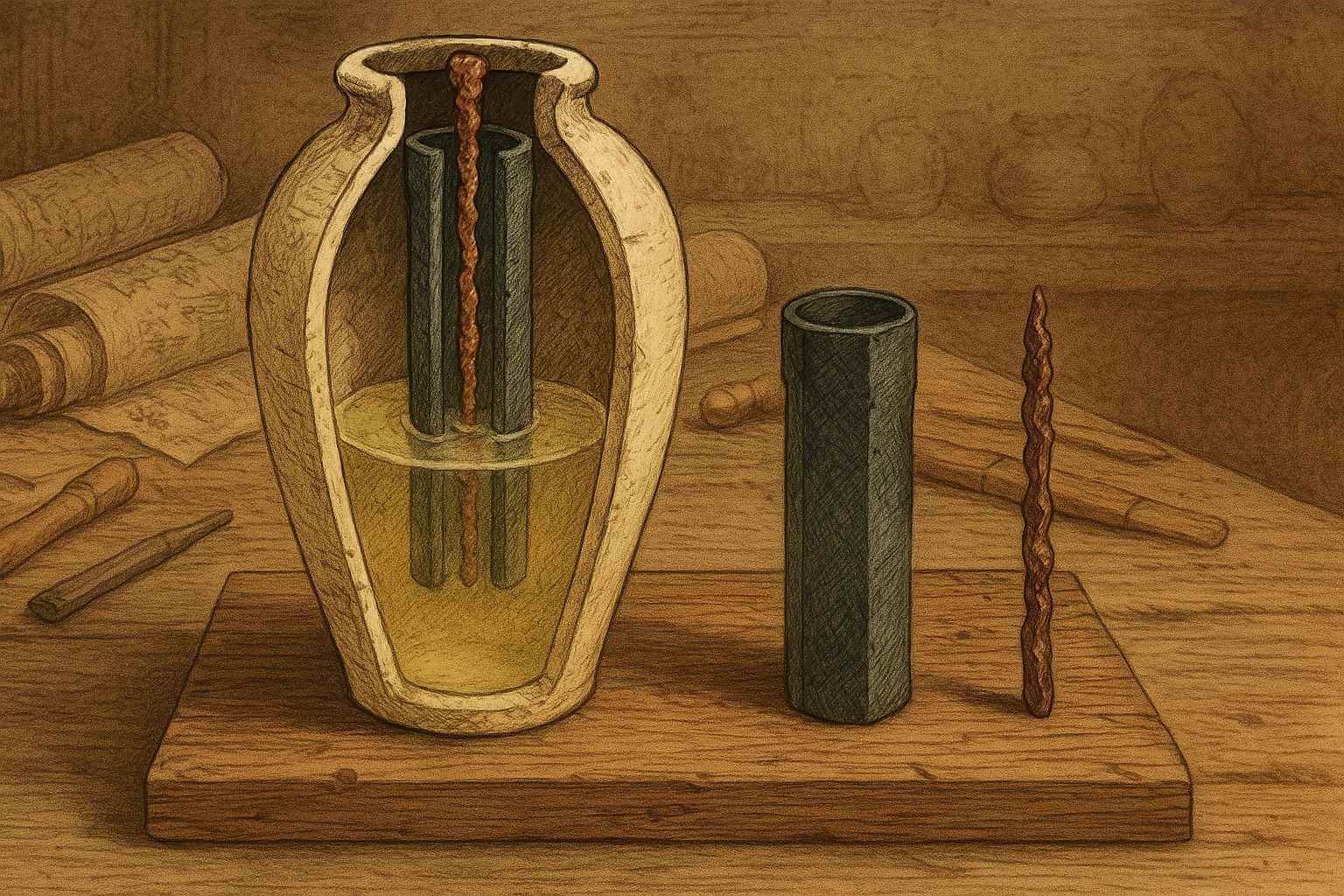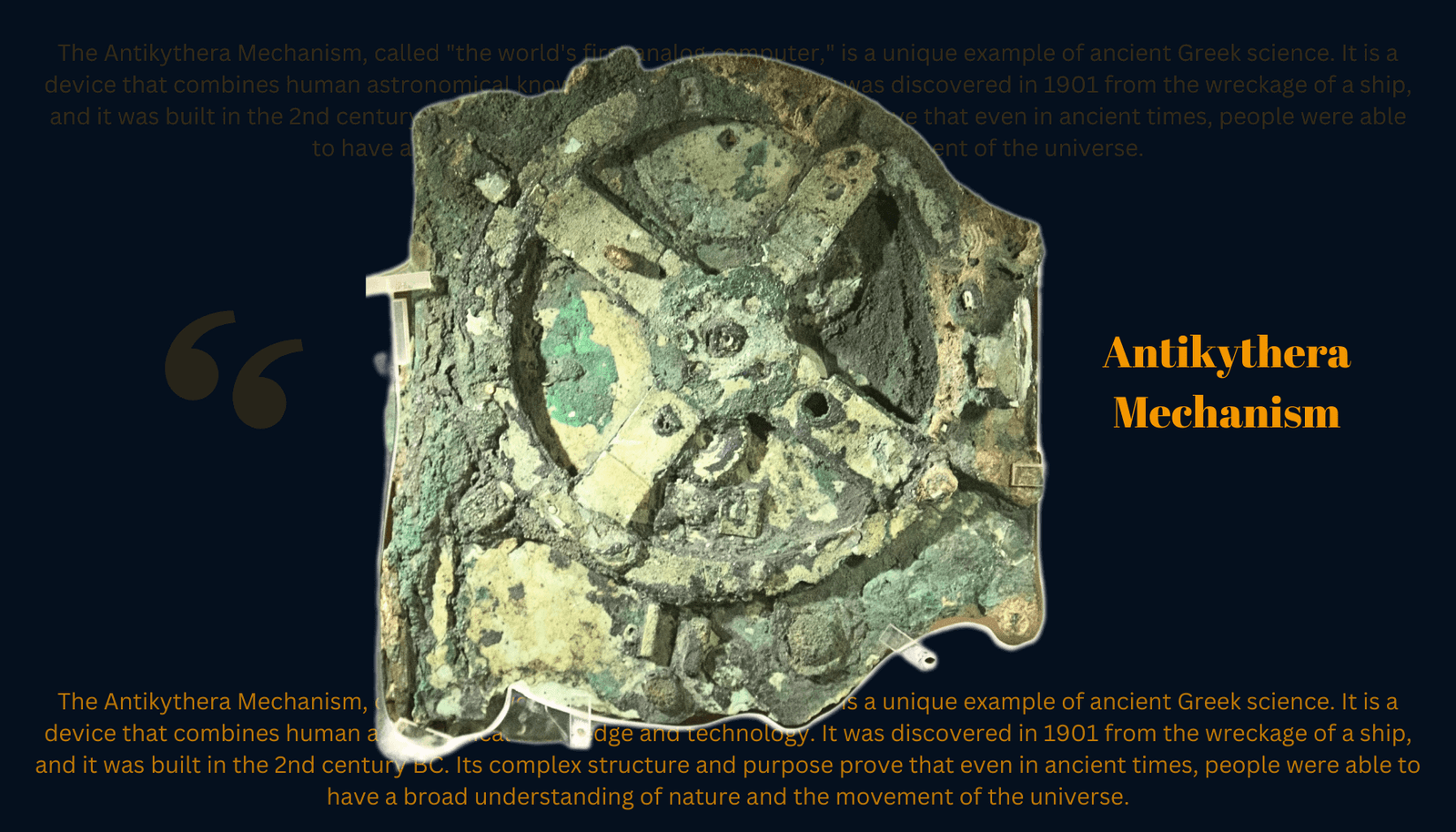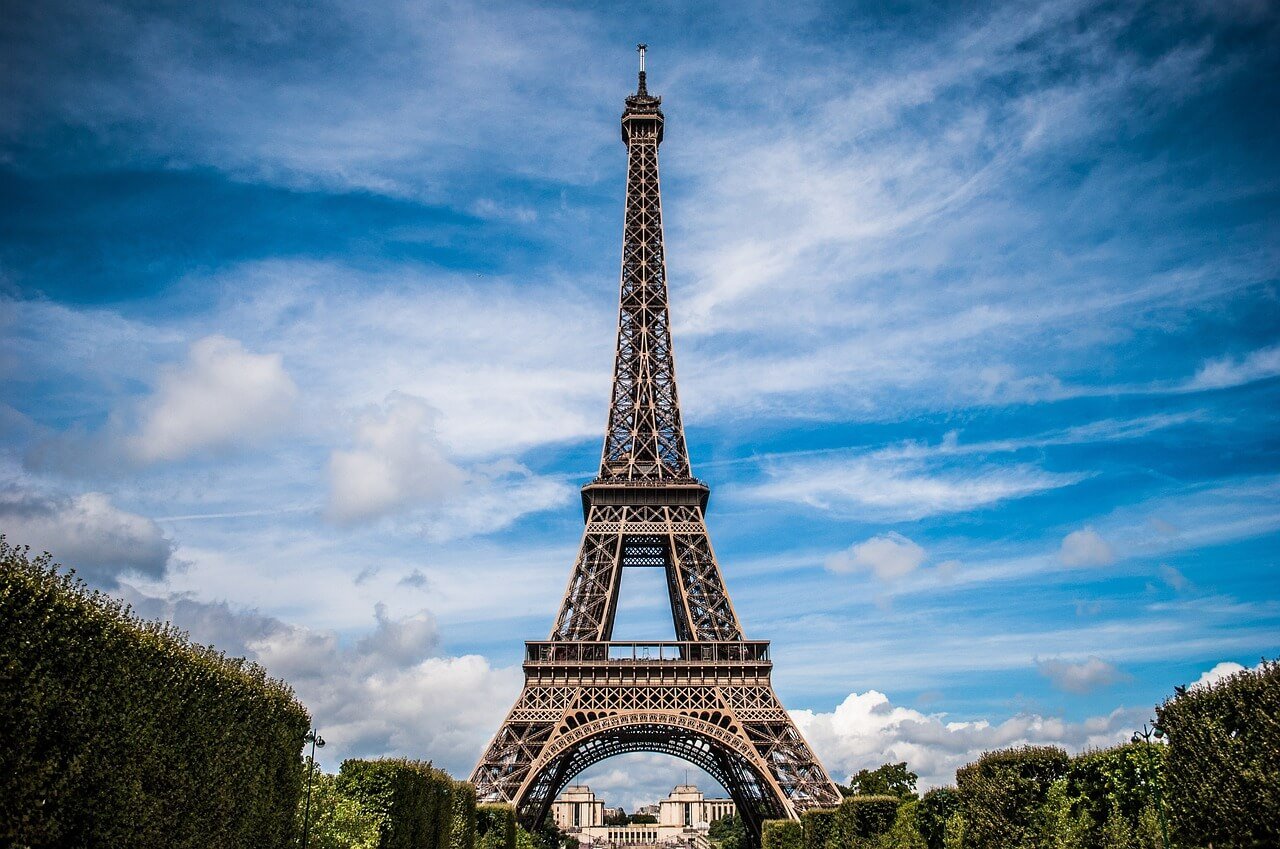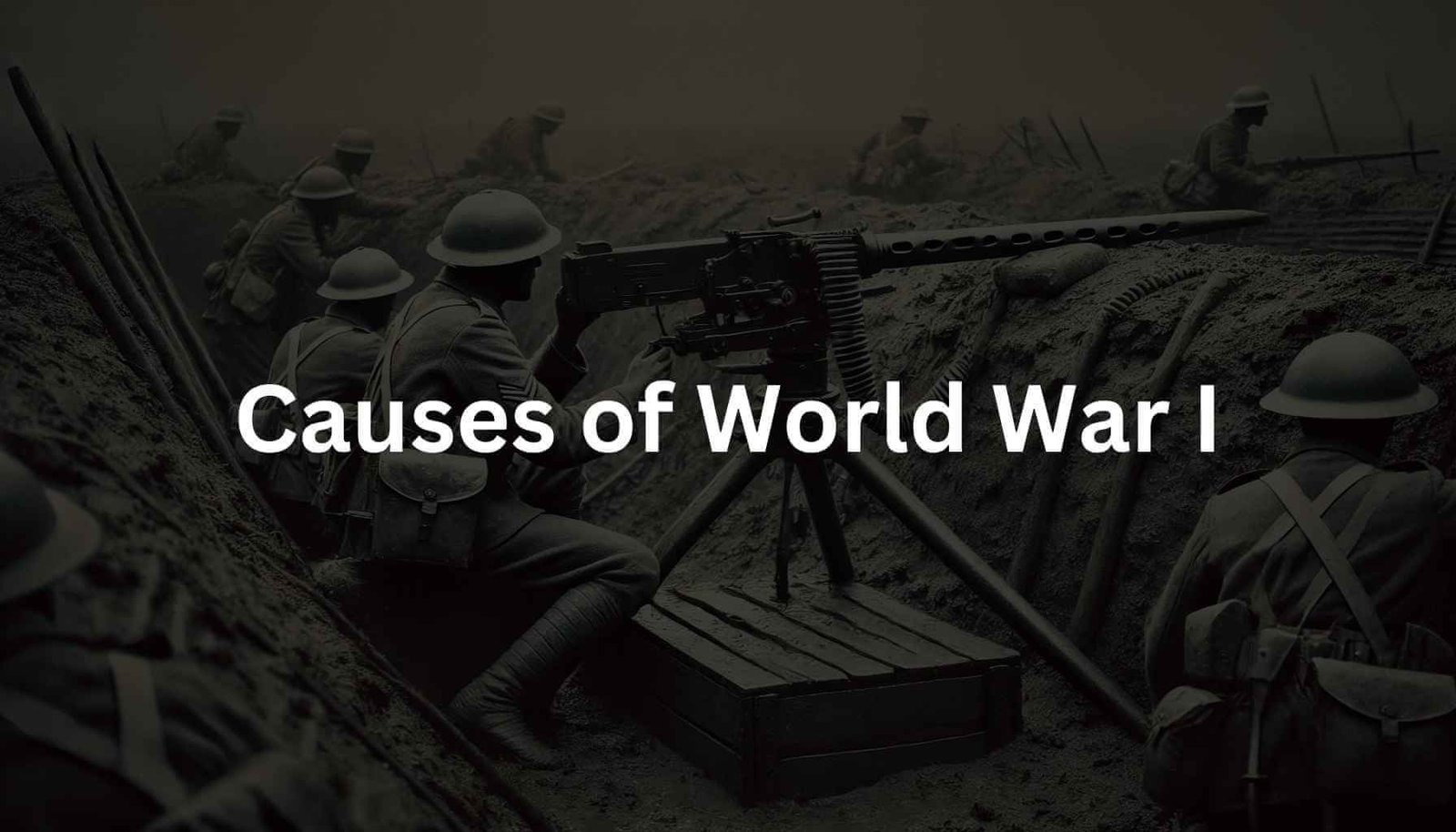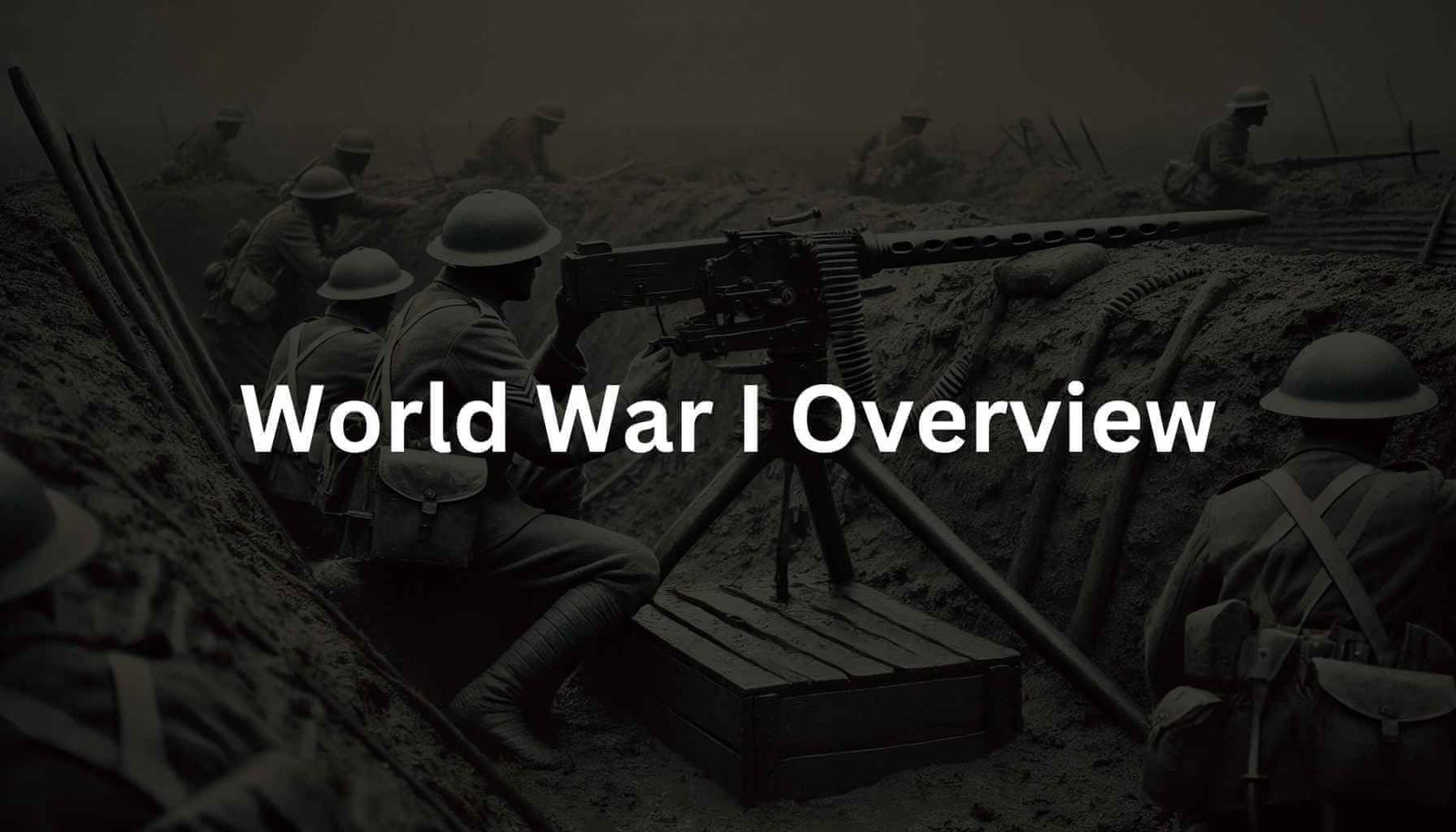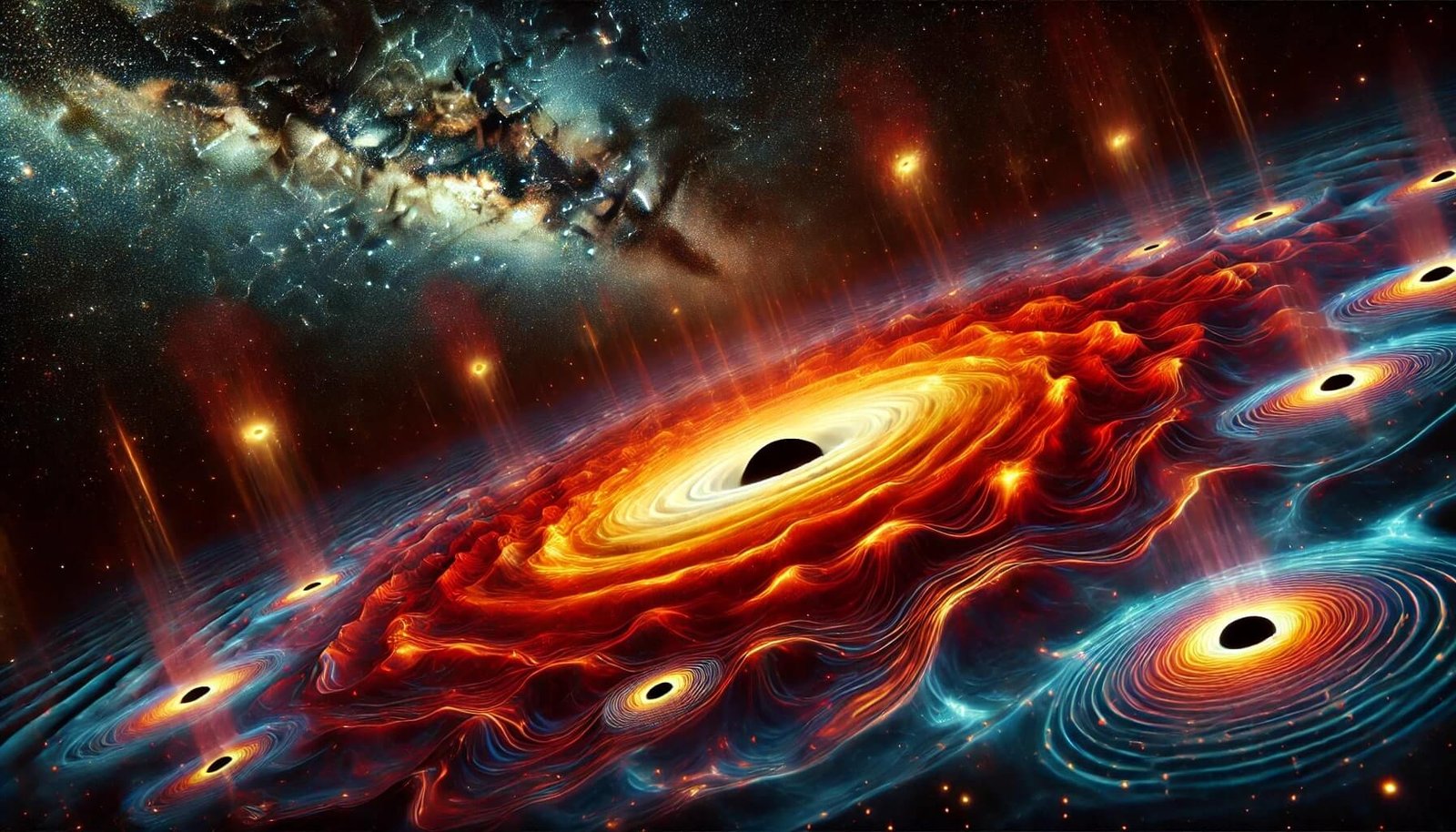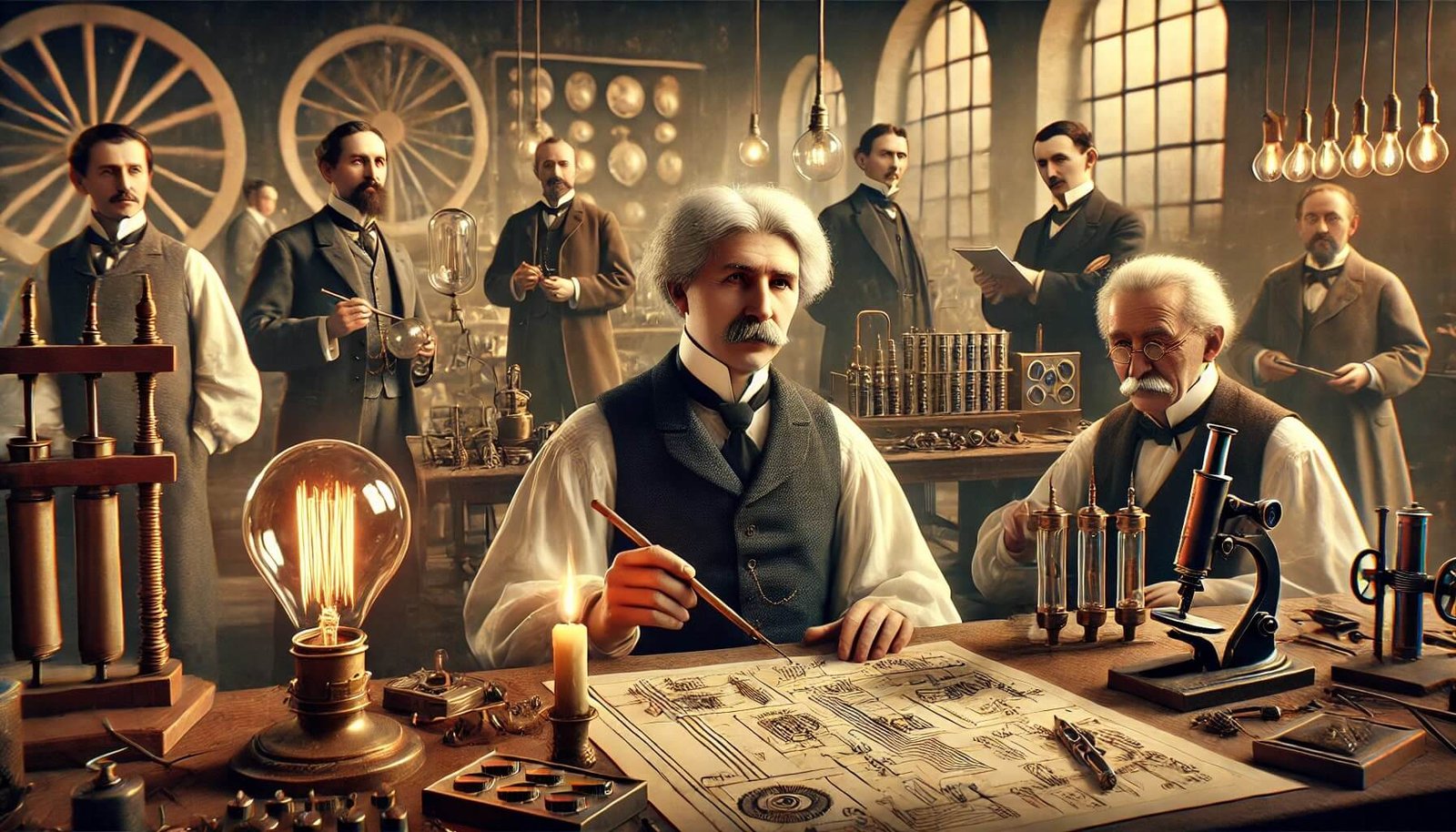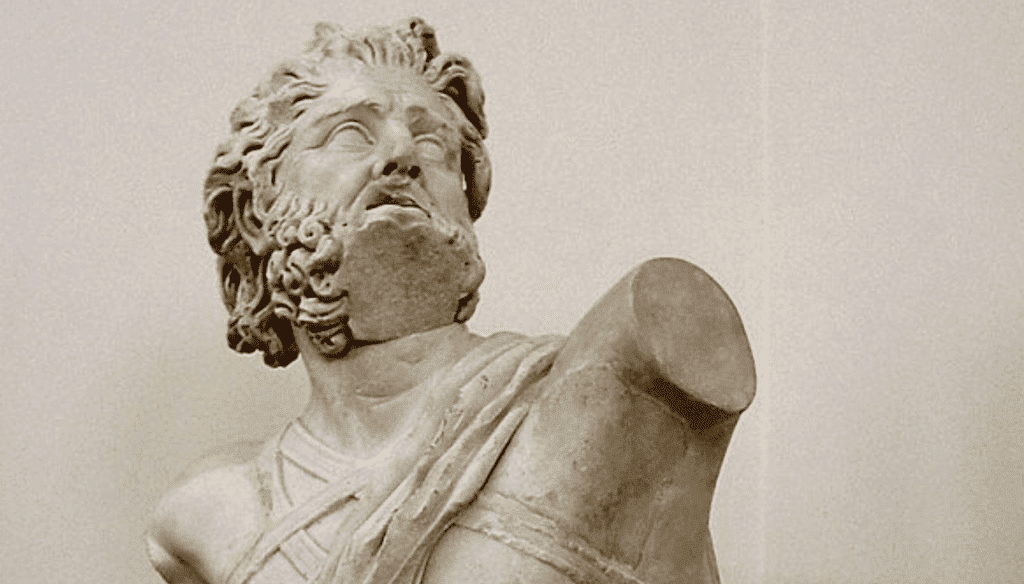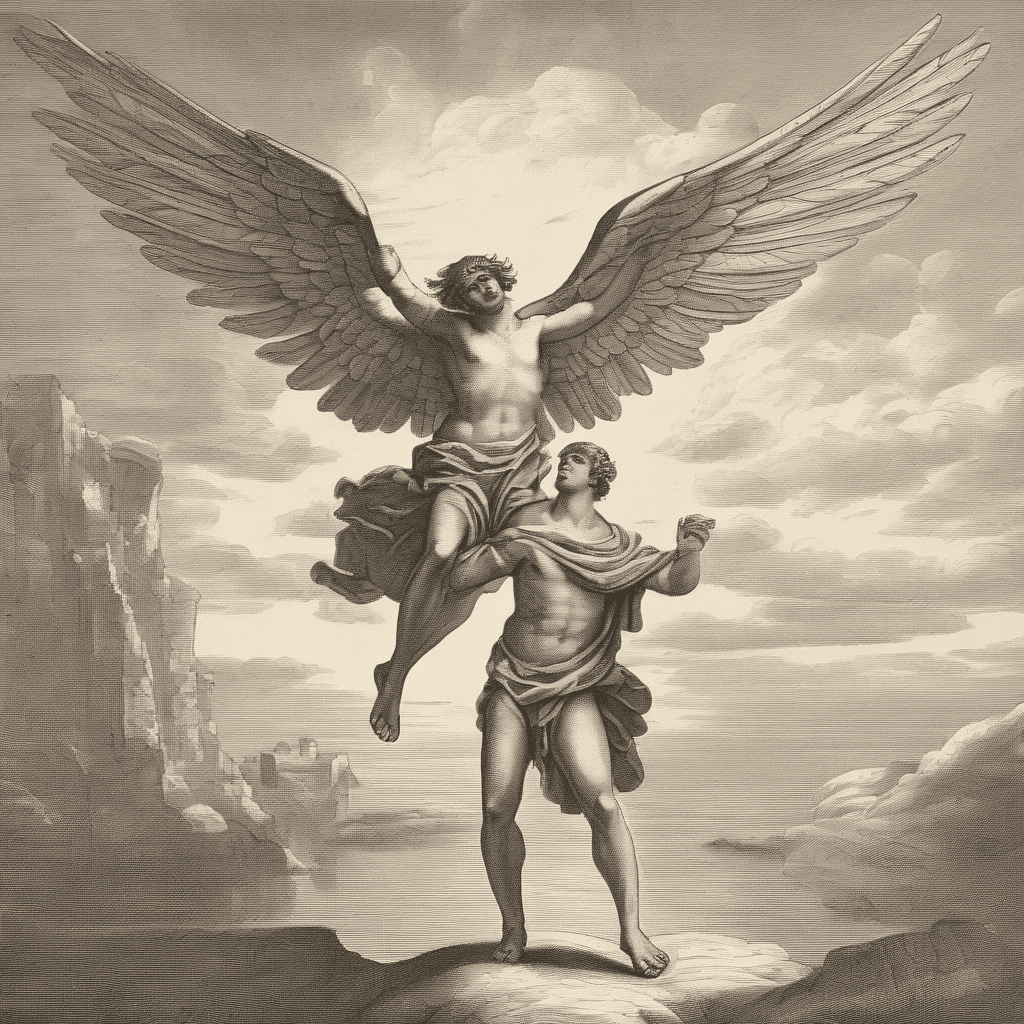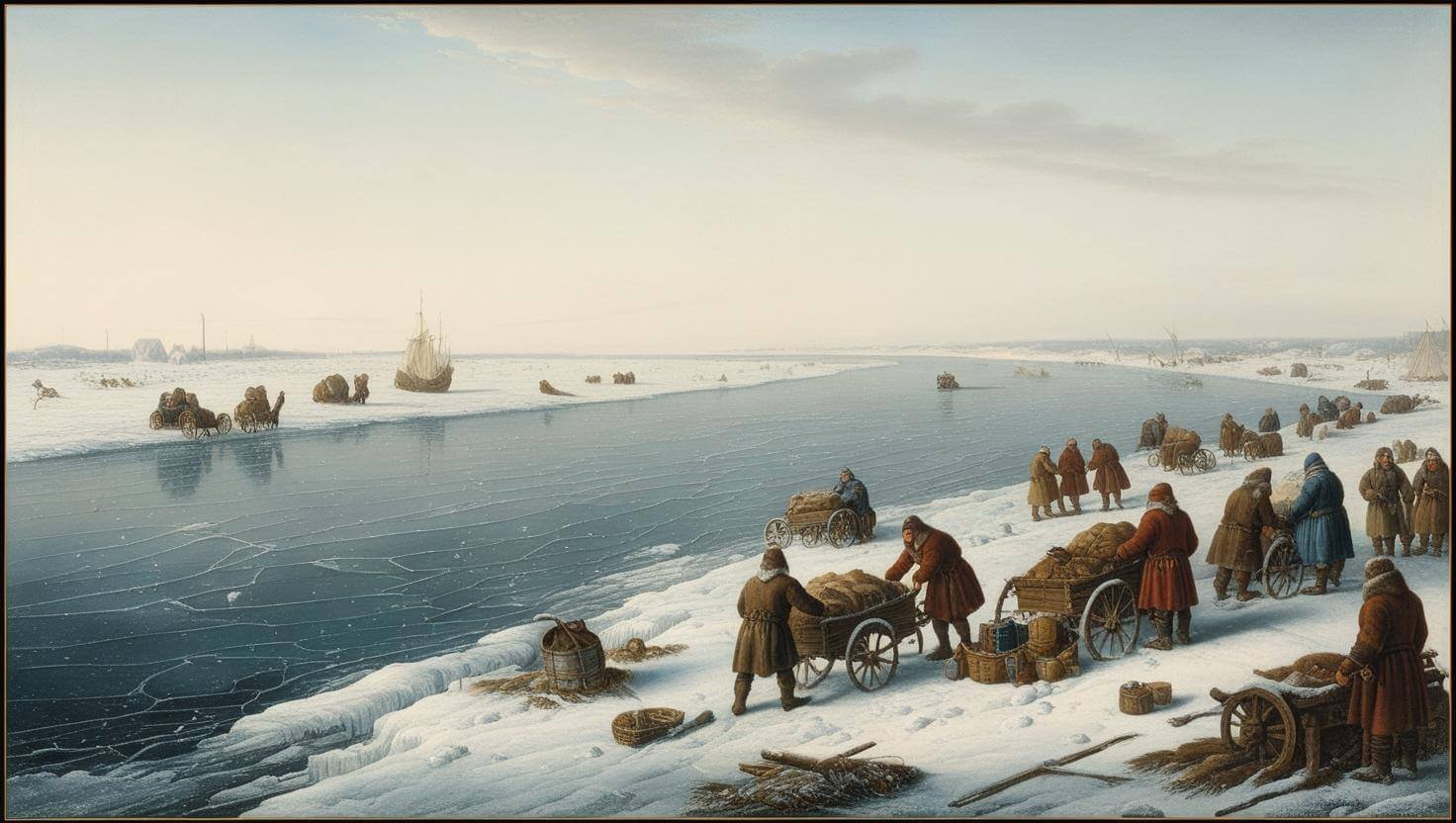
Impact of the Little Ice Age on Europe
Explore how the Little Ice Age on Europe affected agriculture, economies, and society during the cooling period between the 14th and 19th centurie
- March 8, 2025
- 9:36 pm
Introduction: The Little Ice Age on Europe and Its Lasting Impact
The Little Ice Age on Europe, a climatic cooling period that spanned from the 14th to the 19th century, had a profound influence on the continent. This period, marked by cooler temperatures and harsher winters, severely impacted agricultural production, economic stability, and social structures across Europe. The Little Ice Age on Europe reshaped the way people lived, worked, and interacted with their environment, leaving a legacy that is still studied by historians and climate scientists today. In this article, we will explore how the Little Ice Age on Europe affected agriculture, economies, and social structures, and how these changes still resonate today.
The Agricultural Challenges During the Little Ice Age on Europe
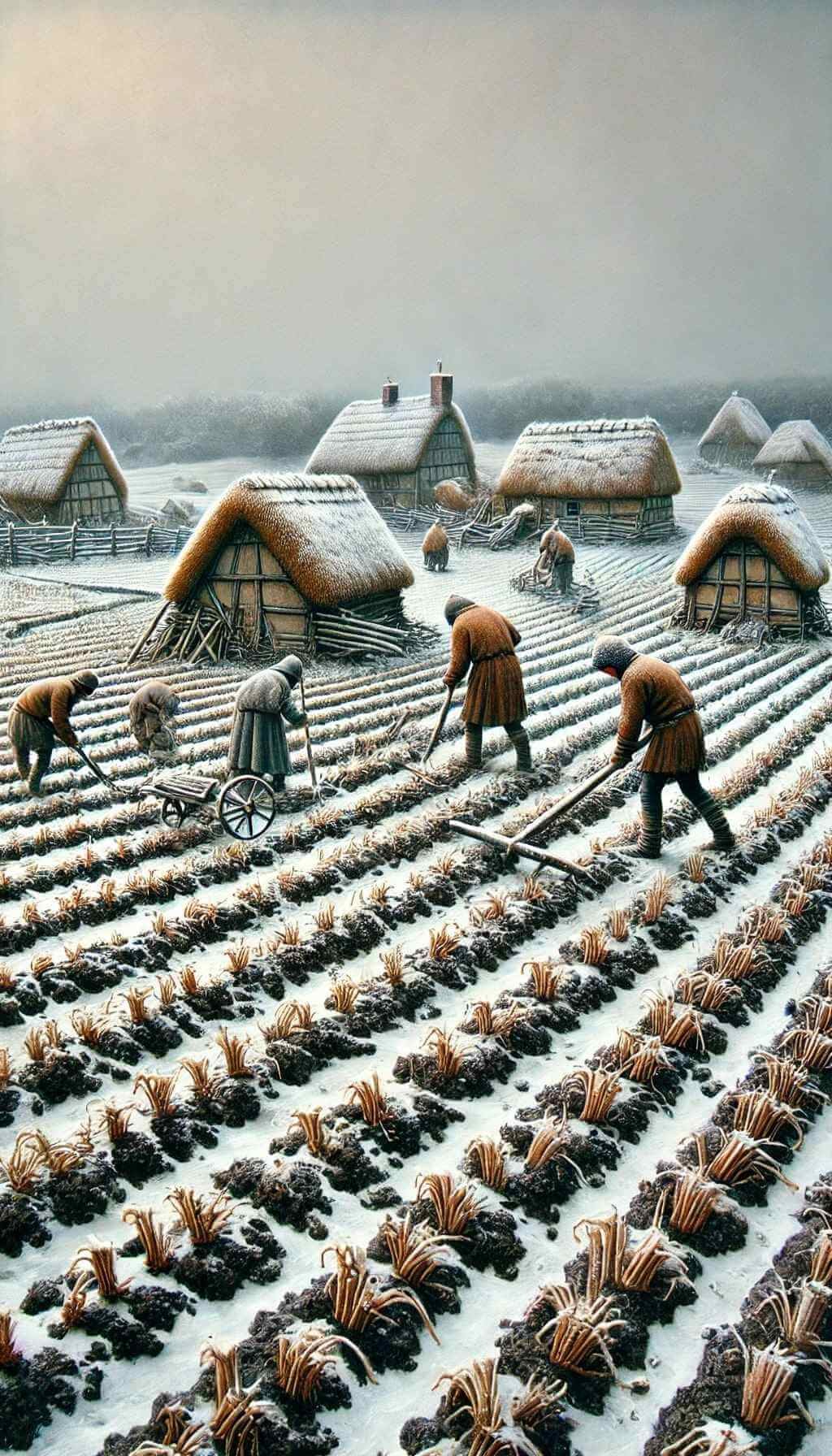
One of the most noticeable effects of the Little Ice Age on Europe was on agriculture. With cooler temperatures and shorter growing seasons, farming became increasingly difficult. The cooler climate disrupted the natural growing cycles, making it harder to produce staple crops such as wheat, rye, and barley. In northern Europe, particularly in Scandinavia and the British Isles, the temperature drop was more severe, and farmers struggled to harvest sufficient crops to sustain local populations.
The Little Ice Age on Europe led to frequent crop failures, which contributed to food shortages and famines. This cooling period also brought wetter conditions, which affected the ability of farmers to harvest crops successfully. The colder temperatures and wet soil were unsuitable for growing many crops, leading to significant food shortages, especially in regions dependent on a single crop.
In addition, the Little Ice Age on Europe affected livestock farming. Freezing temperatures, coupled with poor grazing conditions, resulted in the loss of cattle and other animals, further exacerbating food scarcity and economic instability.
Economic Strain During the Little Ice Age on Europe
The Little Ice Age on Europe also had significant economic consequences. With the agricultural sector struggling to meet the demands of a growing population, food prices soared, and economies faced serious challenges. The cooling climate directly affected the Little Ice Age economy, as agricultural products became scarce and trade routes were interrupted due to frozen rivers and harsh weather.
The Little Ice Age on Europe exacerbated social inequality, as the poor bore the brunt of the economic fallout. With rising food prices and dwindling resources, many lower-class families were left struggling to survive. In urban areas, where people depended on trade for food and goods, the economic system began to collapse.
At the same time, the cooling climate led to the decline of several industries, including viticulture. Regions in France, Italy, and Spain, known for their wine production, saw a dramatic reduction in grape yields. This had long-lasting consequences on the European economy, as the wine trade was an essential source of income and livelihood for many
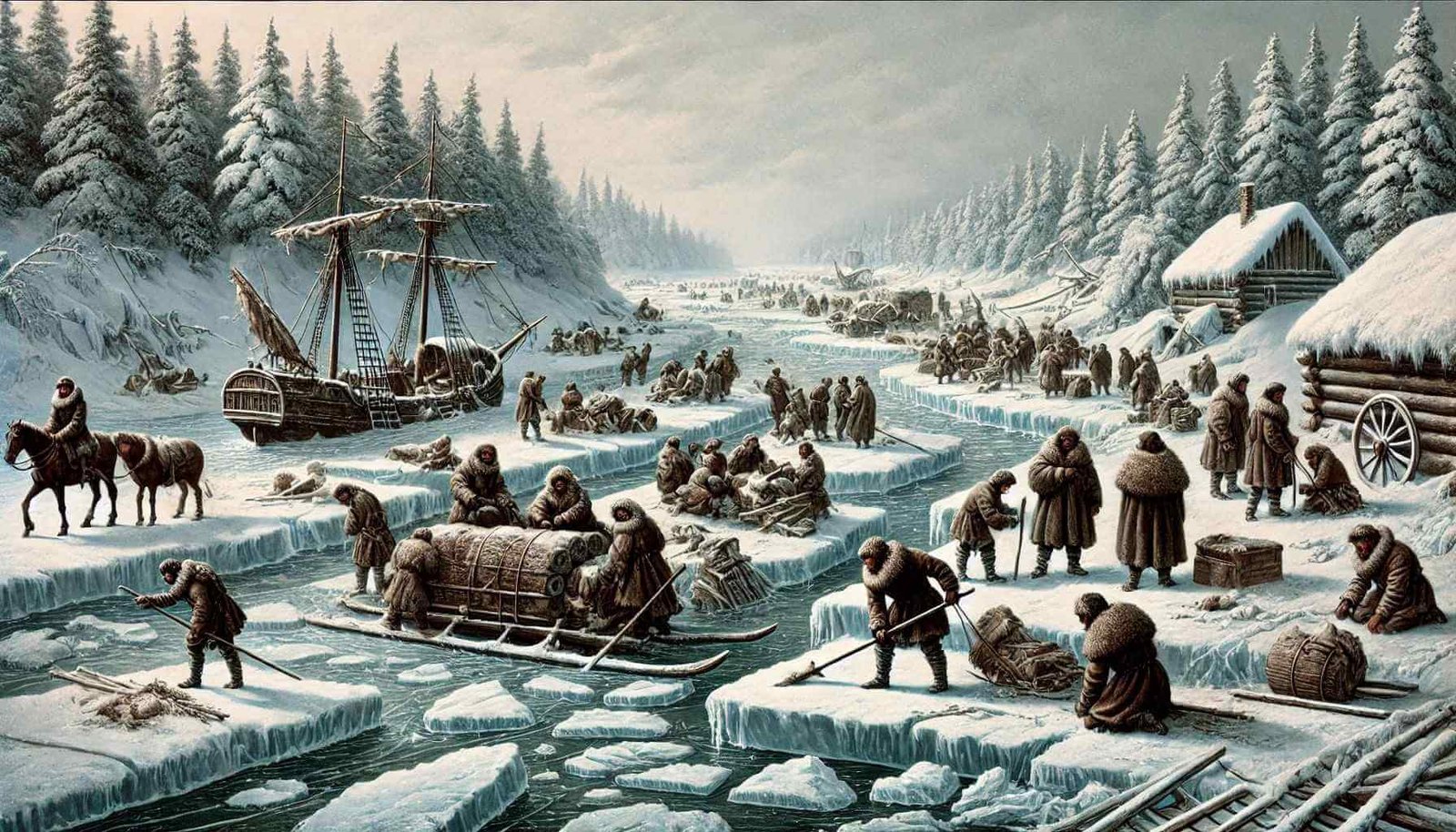
Learn More About Microplastic Pollution Solutions: Revolutionizing Clean Ocean
Galaxies Mystery
Galaxies are among the universe’s most mysterious and awe-inspiring structures, home to billions of stars, planets, and other celestial objects. One of the greatest enigmas is the presence of dark matter, an invisible substance that holds galaxies together through its gravitational pull. Within their cores, supermassive black holes lurk, consuming matter and emitting powerful jets of energy, shaping the galaxy’s evolution. Some galaxies defy explanation, such as those with almost no dark matter or stars moving at unimaginable speeds. Others, like quasars, shine with incredible luminosity, powered by ancient black holes. Galaxies are not only cosmic wonders but also hold the secrets to understanding the universe’s past, present, and future.
The Social Consequences of the Little Ice Age on Europe
The Little Ice Age on Europe also had profound social consequences. As agricultural production faltered, social unrest began to rise. The growing food shortages, along with the economic challenges, fueled widespread discontent. This unrest was particularly felt in rural areas, where people were directly impacted by the inability to produce enough food for themselves and their communities.
Throughout Europe, peasant uprisings became more common as people protested against high taxes, food scarcity, and the rising costs of living. In addition, the Little Ice Age on Europe created a sense of fear and uncertainty. Many believed that the harsh winters and crop failures were signs of divine displeasure, leading to religious movements and the rise of witch hunts, as people sought explanations for the dramatic changes in their environment.
The social fabric of many European societies began to unravel during the Little Ice Age on Europe, as class divides grew wider and the rural population faced increasing hardships. These challenges were particularly apparent in places like France and Germany, where uprisings led to political and social change.
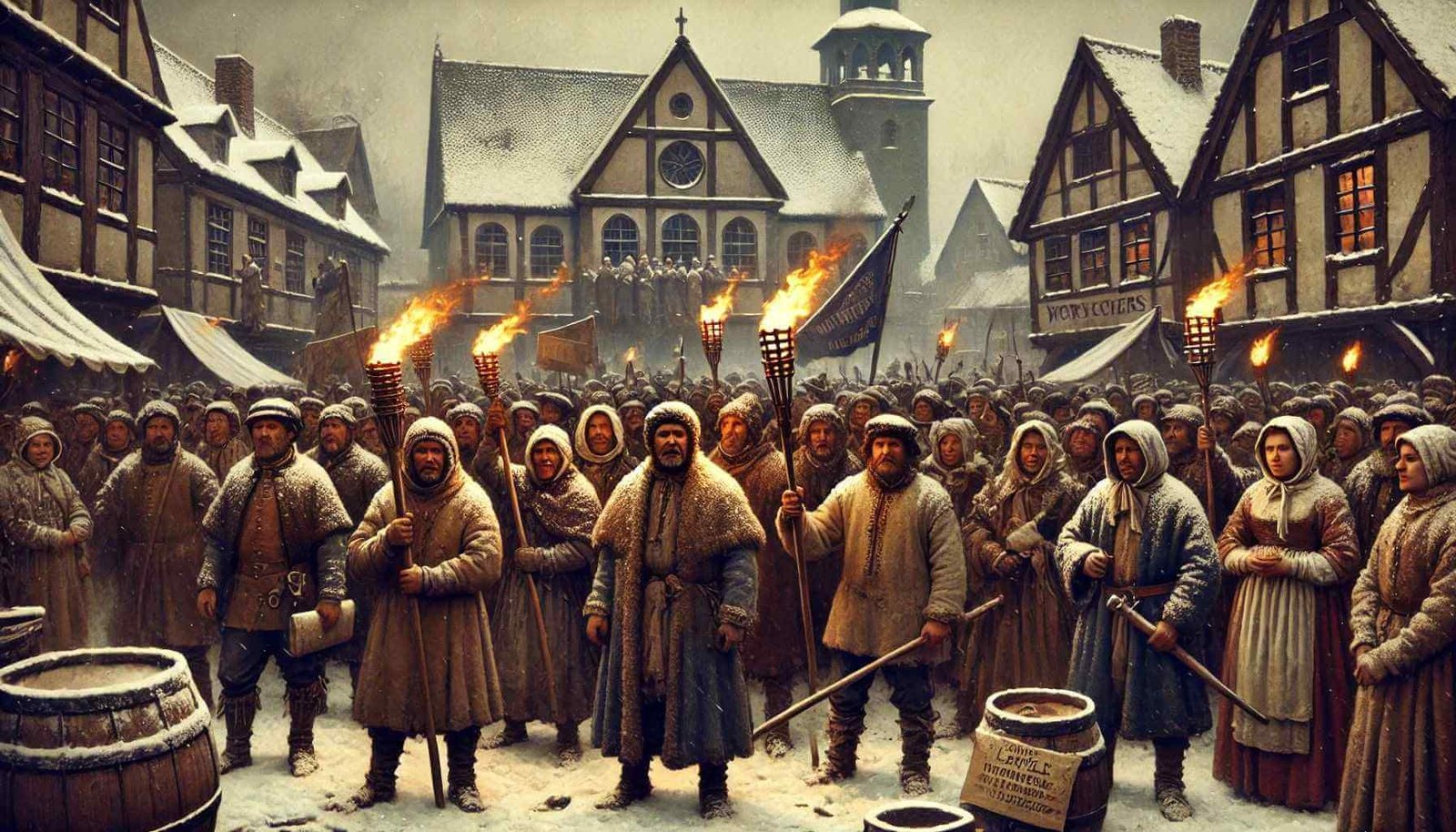
Comparative Analysis of the Little Ice Age on Europe’s Regions
The impact of the Little Ice Age on Europe was not uniform across the continent. While northern Europe experienced some of the harshest effects, southern Europe was somewhat spared from the most severe climate conditions. However, even in the south, regions like Spain and Italy felt the effects of crop failures and economic disruptions.
In Scandinavia, the Little Ice Age on Europe resulted in severe winters and reduced agricultural output, leading to food scarcity and hardship. In Britain, the cooling period led to crop failures, which caused widespread famine. Meanwhile, southern European countries, though not as harshly affected by temperature drops, still saw a reduction in agricultural productivity, particularly in the vineyards, where grape production plummeted.
A Comparative analysis of Little Ice Age impacts across European regions reveals that, while the cooling period affected the entire continent, the severity of its consequences varied depending on geography, agriculture, and socio-political factors.
The Long-Term Legacy of the Little Ice Age on Europe
The Little Ice Age on Europe left a lasting legacy that shaped the continent’s history for centuries to come. The cooling period and its devastating effects on agriculture and economies forced European societies to adapt in new ways. In response to food shortages and economic collapse, new agricultural practices were introduced, and communities began to focus more on resource management.
The political and social changes brought about by the Little Ice Age on Europe also contributed to the rise of modern Europe. In many regions, the Little Ice Age played a role in the breakdown of feudal systems, as the lower classes demanded more rights and resources. The social unrest and political upheaval of the time set the stage for later revolutions, such as the French Revolution.
Today, the Little Ice Age on Europe serves as a reminder of the power of climate and its ability to influence societies. The cooling period reshaped the continent’s agricultural, economic, and social landscapes, leaving behind a complex legacy that historians and climate scientists continue to study.
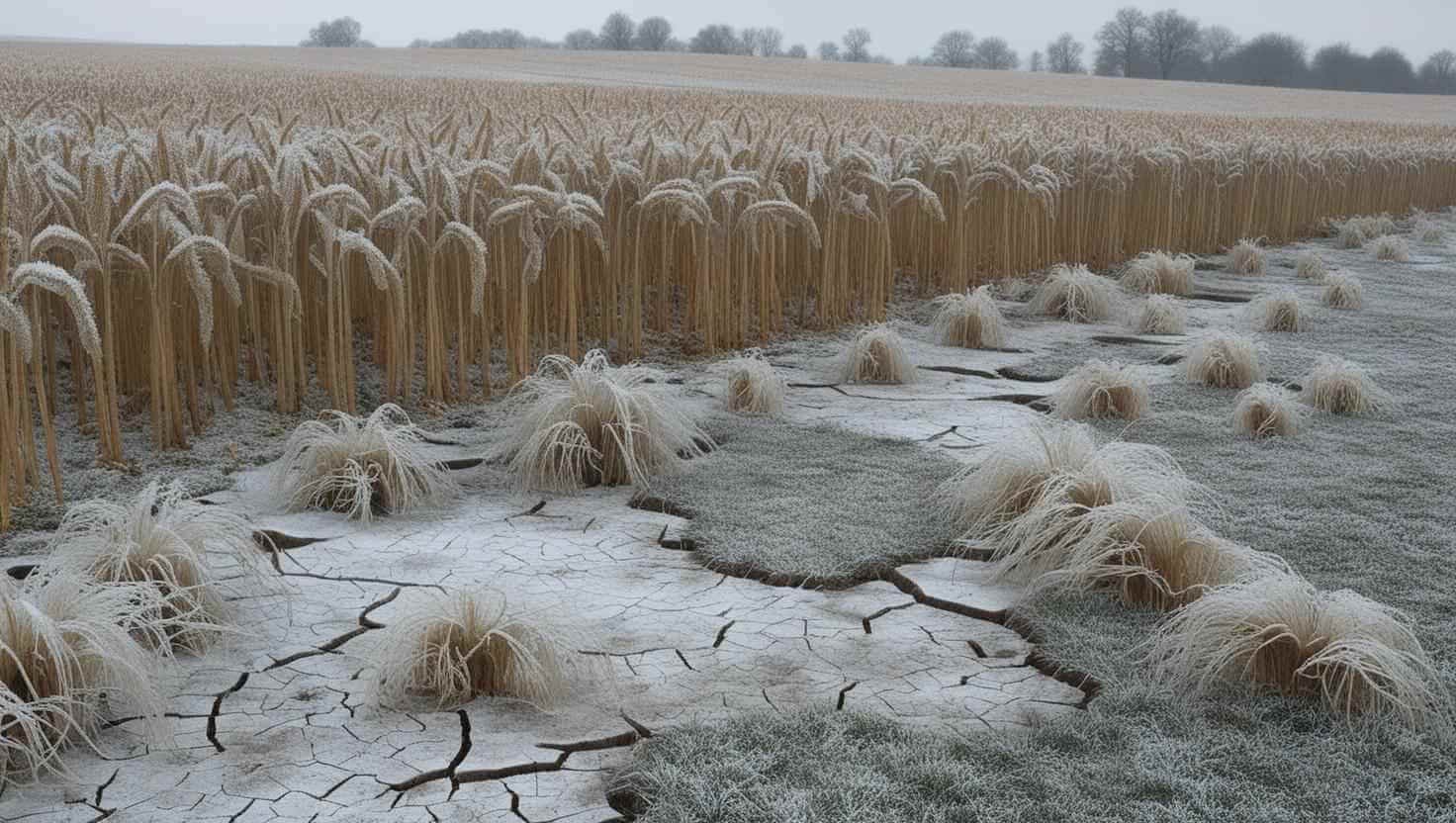
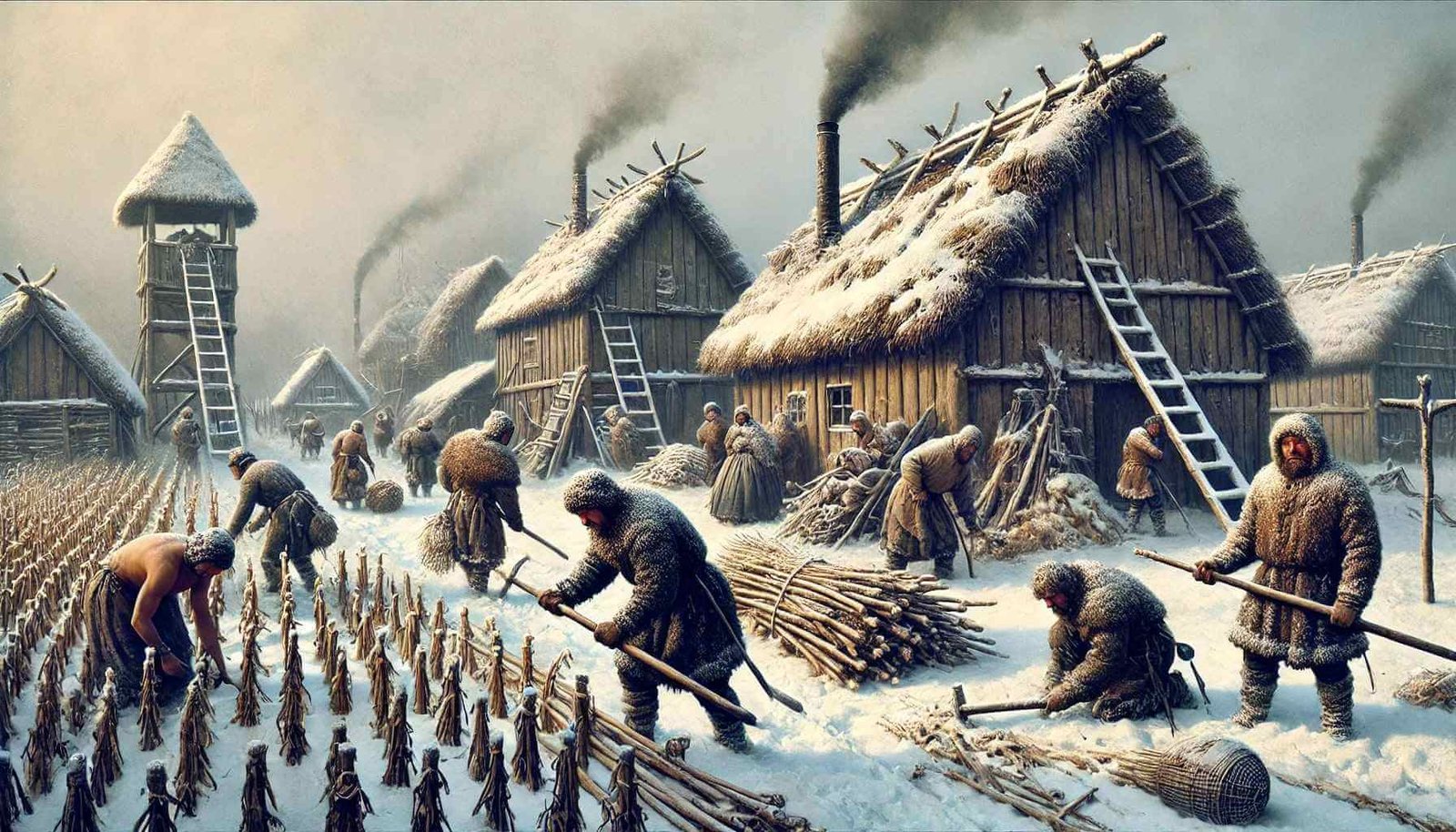
Conclusion: Understanding the Little Ice Age on Europ
The Little Ice Age on Europe was a pivotal period in history that changed the course of European civilization. The impact on agriculture, the economy, and social structures was profound, and the lessons learned from this period continue to resonate today. As we face new climate challenges in the modern world, understanding the Little Ice Age on Europe can help us better prepare for the potential consequences of climate change on our societies.


